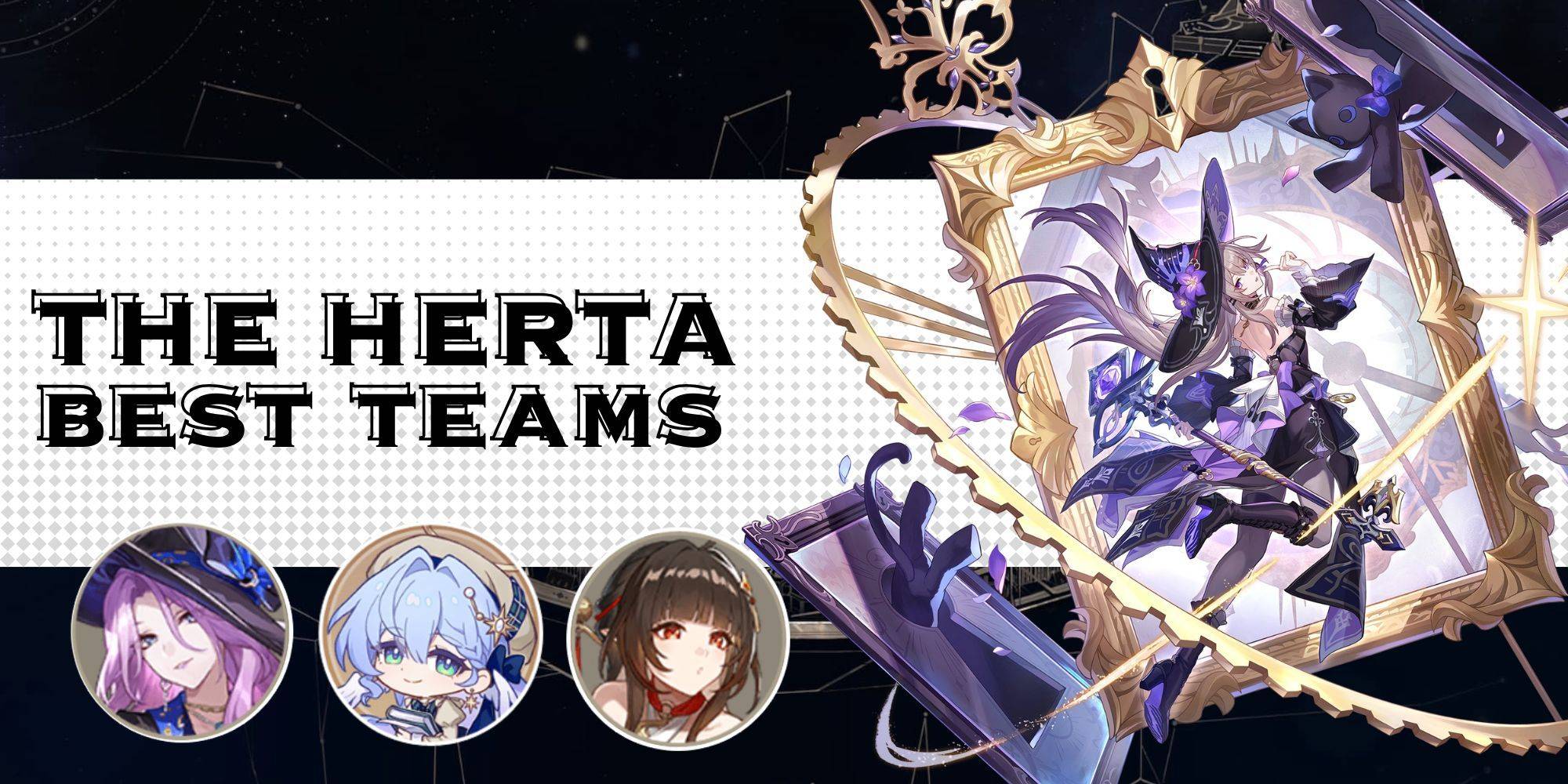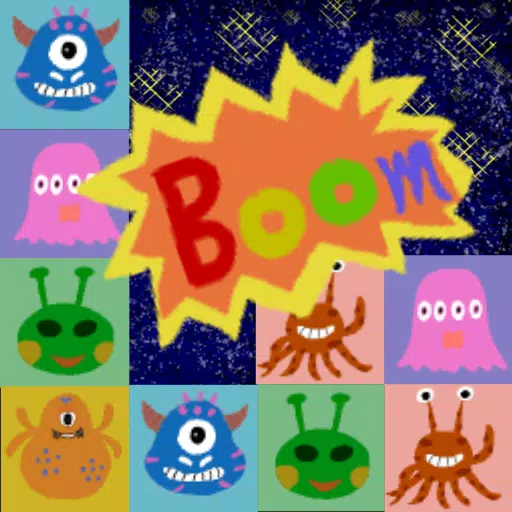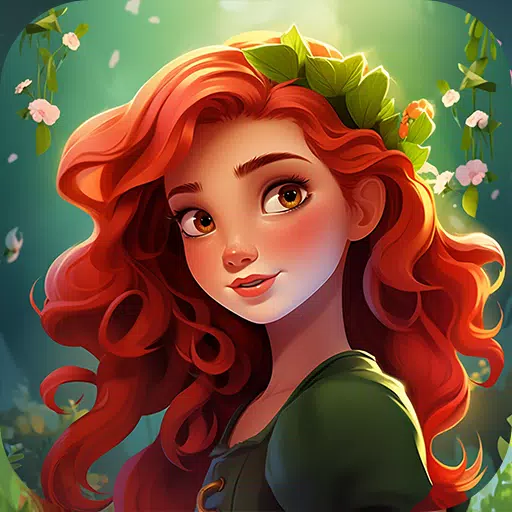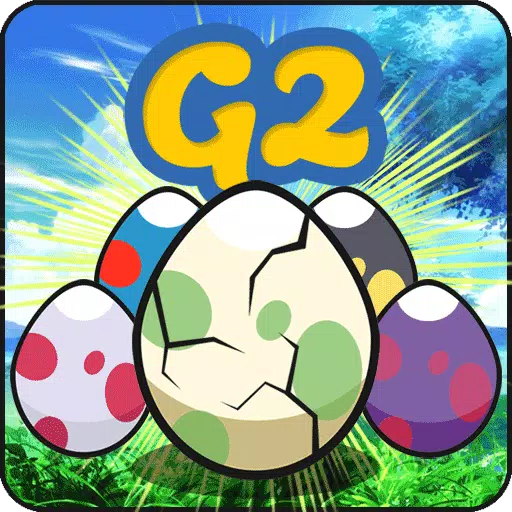Discover the vibrant world of Minecraft flowers! This guide explores the unique properties and uses of various floral species, perfect for crafting, decoration, and adding a touch of beauty to your adventures.
Table of Contents:
Poppy | Dandelion | Allium | Rose Bush | Wither Rose | Peony Bush | Lily of the Valley | Tulip | Azure Bluet | Blue Orchid | Cornflower | Torchflower | Lilac | Oxeye Daisy | Sunflower
Poppy
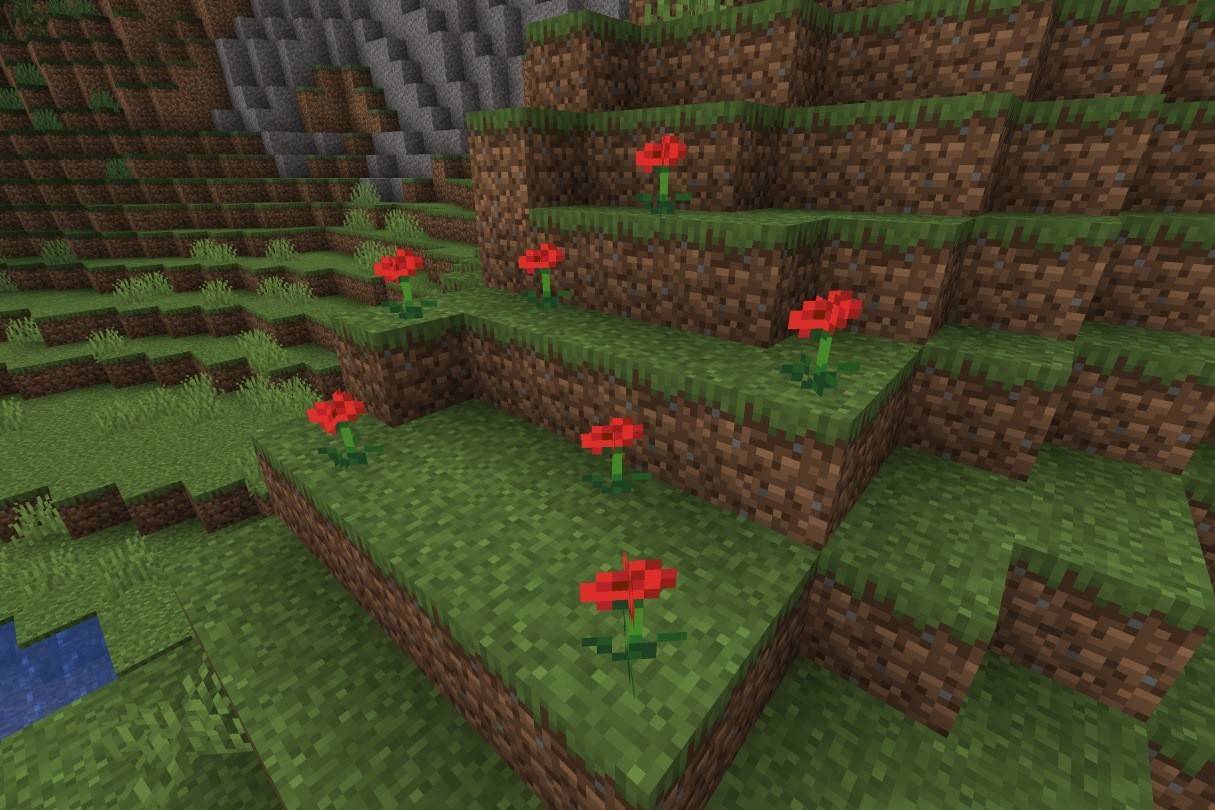 Image: ensigame.com
Image: ensigame.com
These cheerful red flowers, replacing the original roses and cyan flowers, are readily found in various biomes and even dropped by Iron Golems. Their primary use is crafting red dye, essential for coloring banners, beds, wool, sheep, and wolf collars.
Dandelion
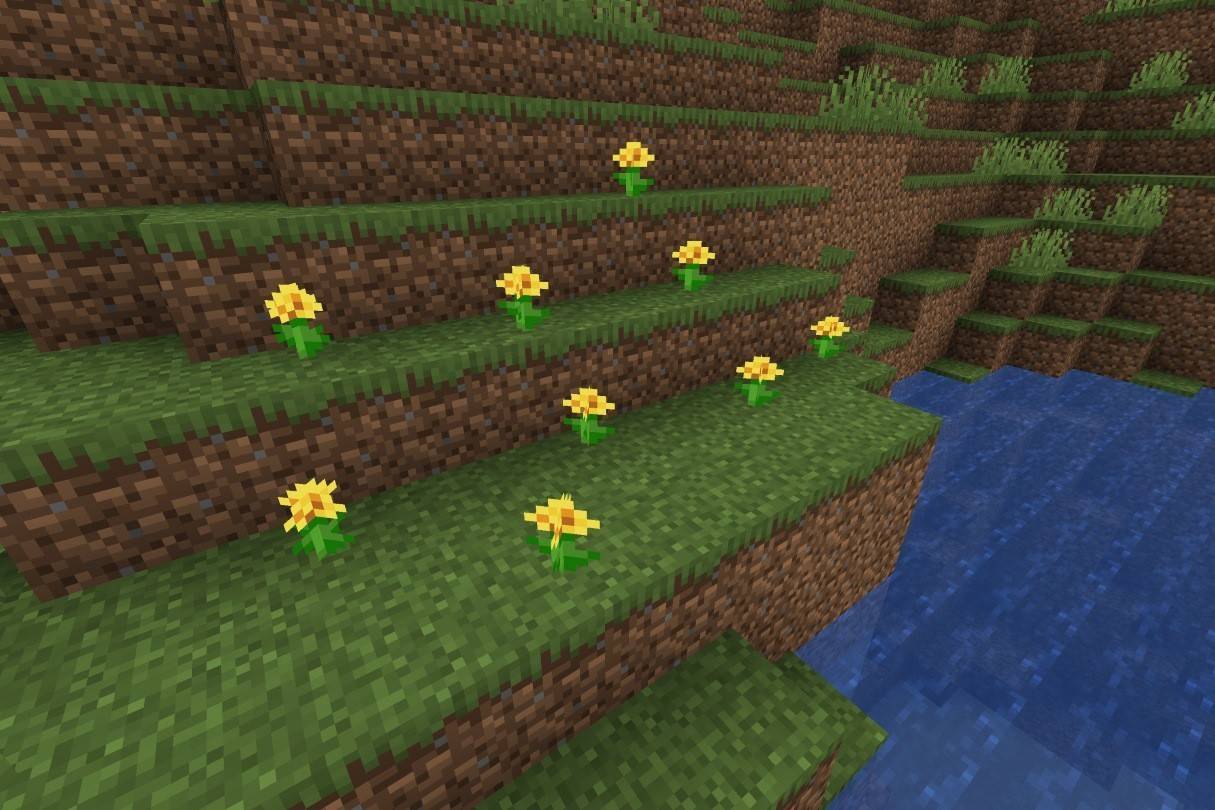 Image: ensigame.com
Image: ensigame.com
Bright yellow dandelions flourish in most biomes (excluding marshes and ice plains). They're a key source of yellow dye, yielding one unit per flower (sunflowers provide two). Perfect for adding a sunny touch to your creations.
Allium
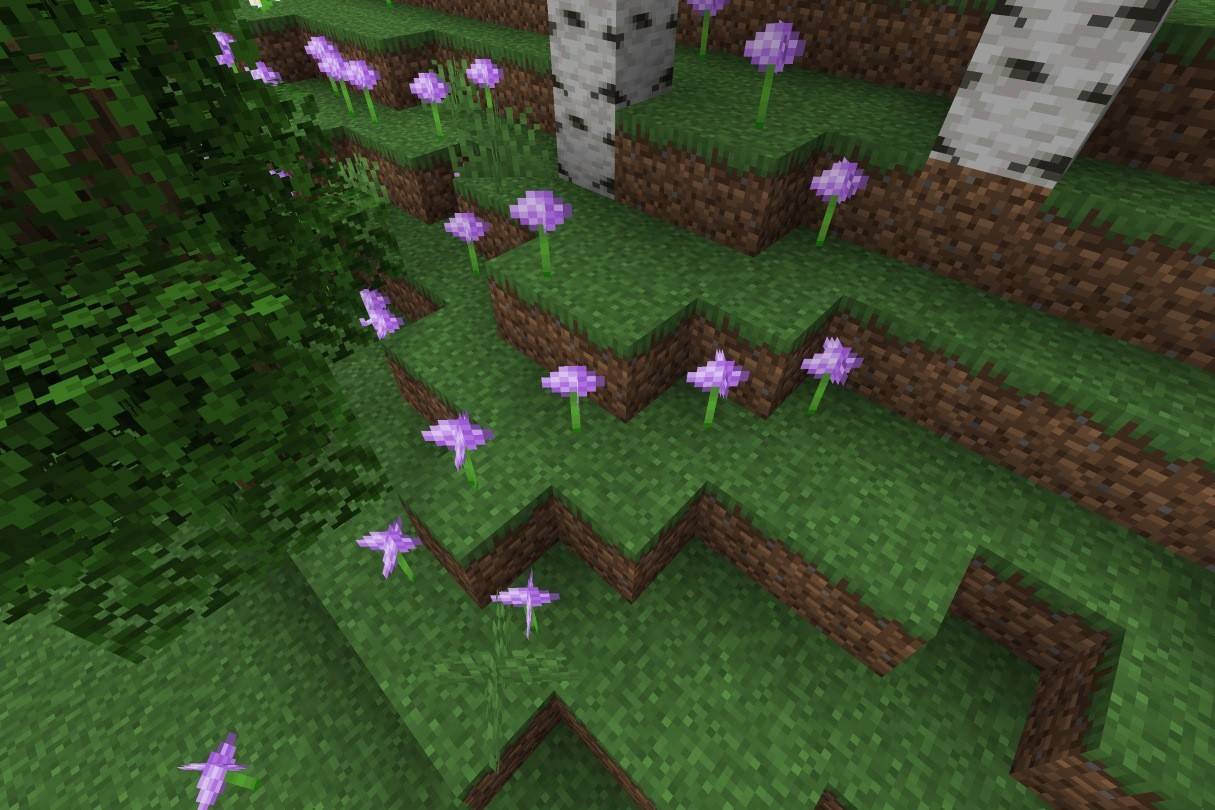 Image: ensigame.com
Image: ensigame.com
These stunning purple alliums are found in flower forests and are used to create magenta dye. This dye is crucial for coloring mobs and crafting blocks like magenta stained glass, terracotta, and wool.
Rose Bush
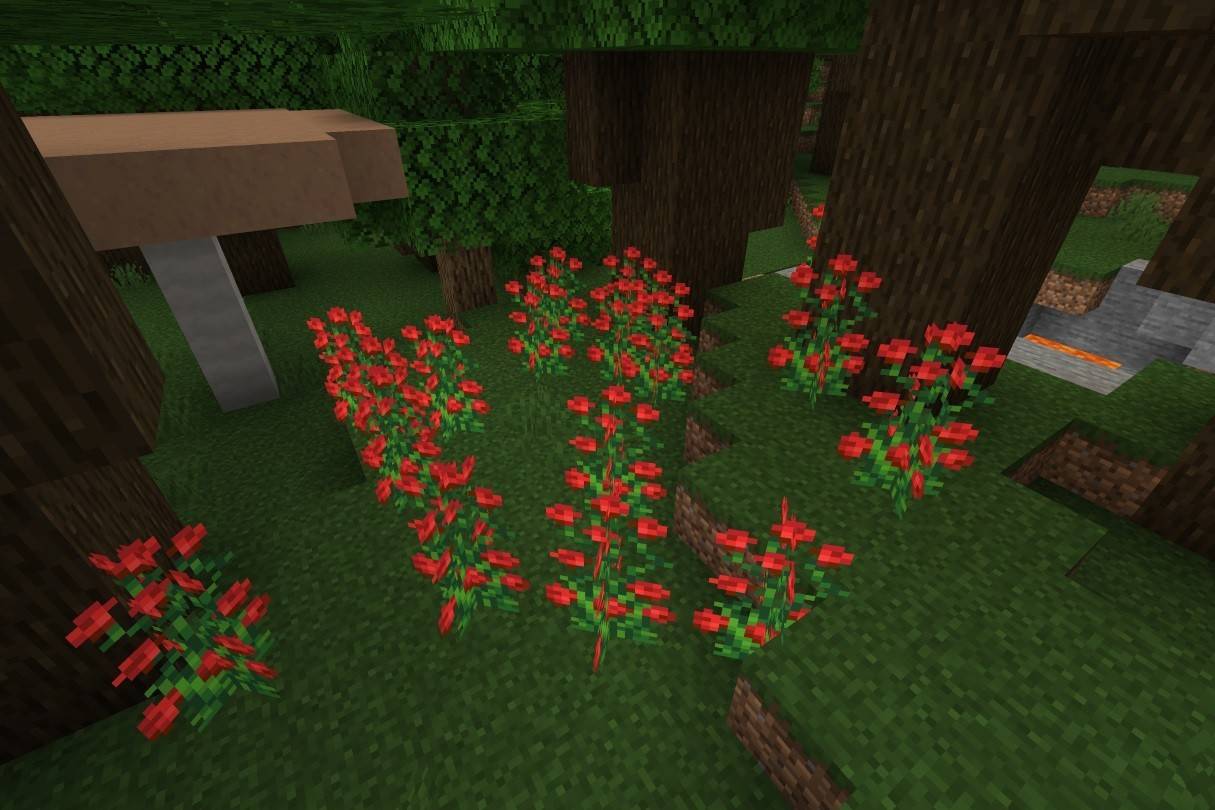 Image: ensigame.com
Image: ensigame.com
Tall and striking, rose bushes yield red dye, useful for dyeing wool, banners, beds, and leather armor. Unlike the dangerous wither rose, these are a safe and beautiful addition to any landscape.
Wither Rose
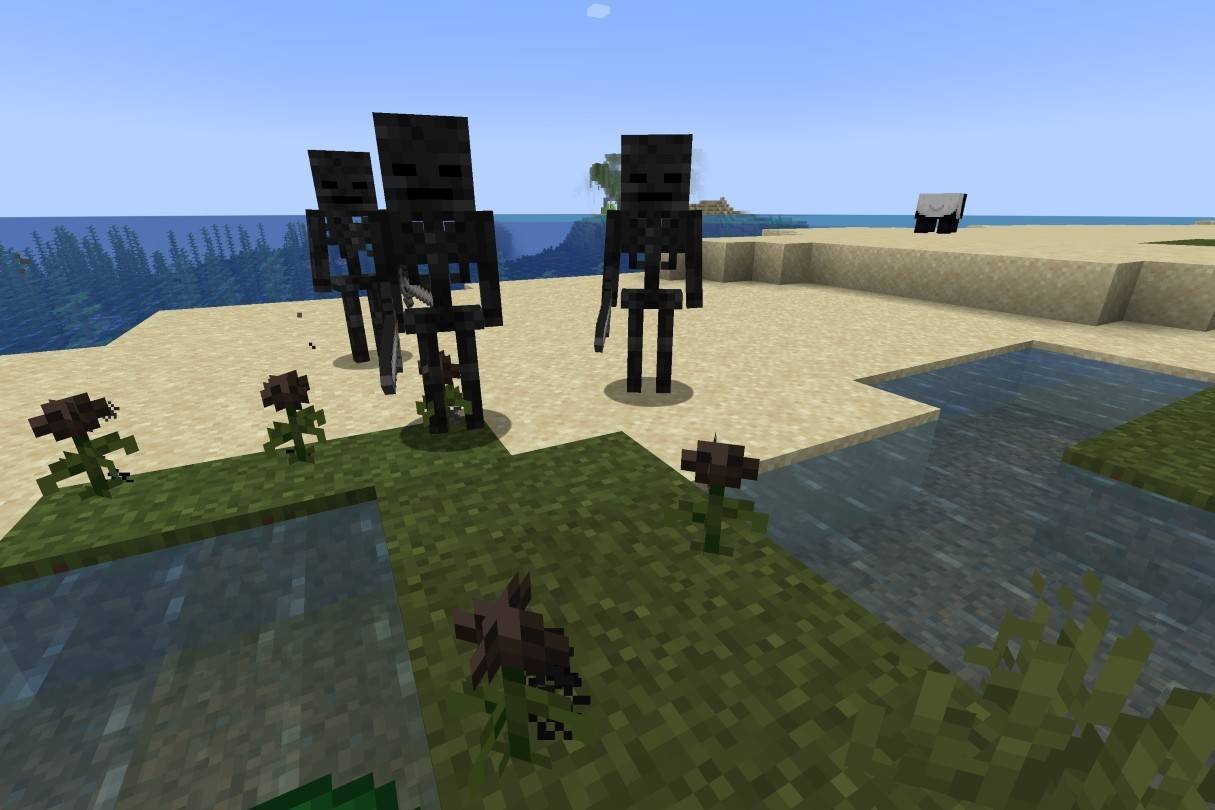 Image: ensigame.com
Image: ensigame.com
A rare and dangerous flower, the wither rose spawns when a mob is killed by the Wither or occasionally in the Nether. Touching it inflicts the Wither effect (curable with milk). It's used to make black dye, for coloring various items and crafting firework stars and black concrete powder.
Peony Bush
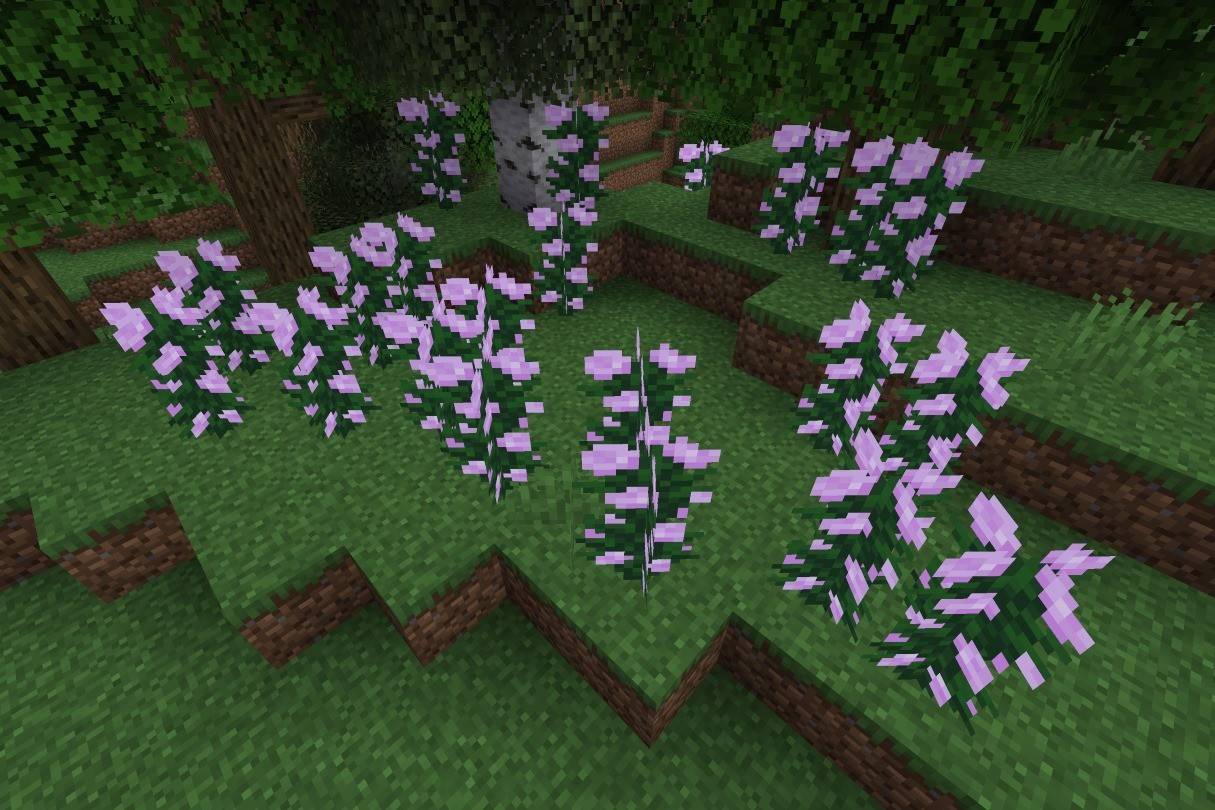 Image: ensigame.com
Image: ensigame.com
These tall pink flowers, found in woodland biomes, produce pink dye (also craftable from red and white dye). They can be propagated with bone meal, making them a readily available source of pink dye for various crafting needs.
Lily of the Valley
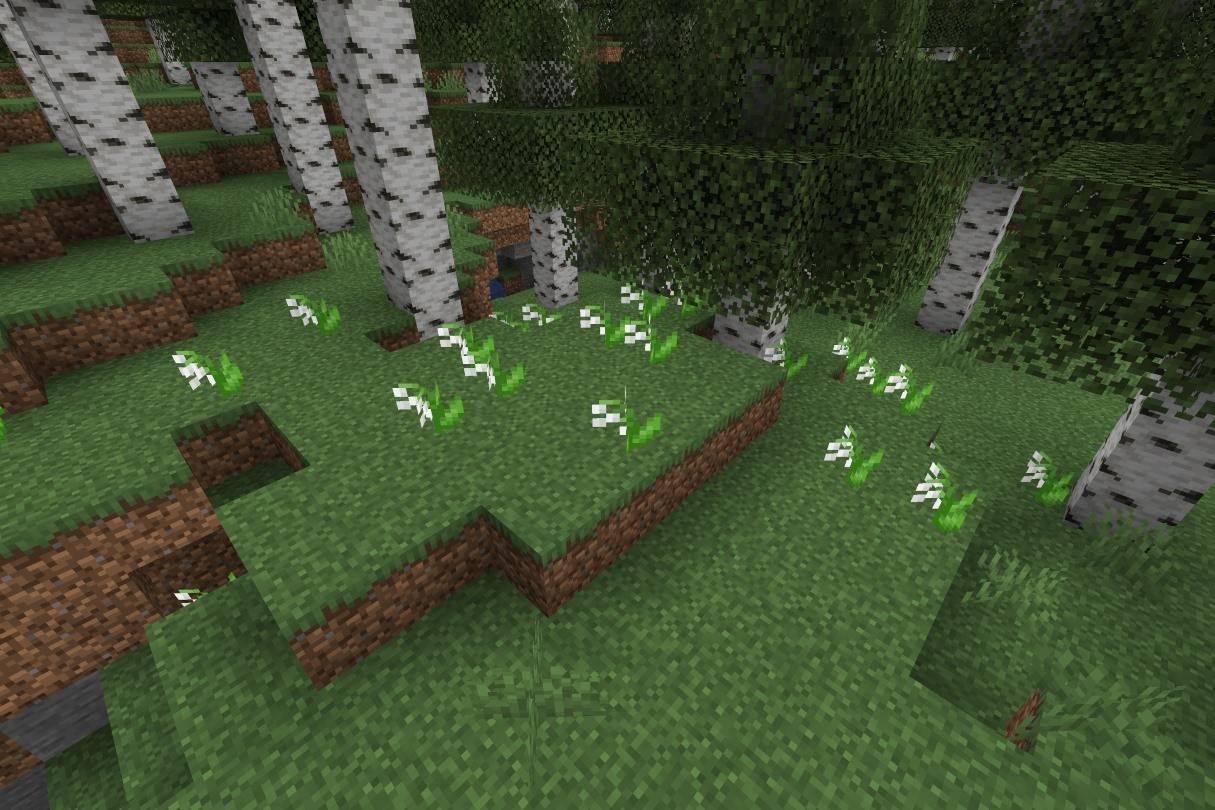 Image: ensigame.com
Image: ensigame.com
Delicate and pure white, lilies of the valley are found in forests and flower forests. They yield white dye, a base for many other colors, and are useful for dyeing wool, banners, beds, and more.
Tulip
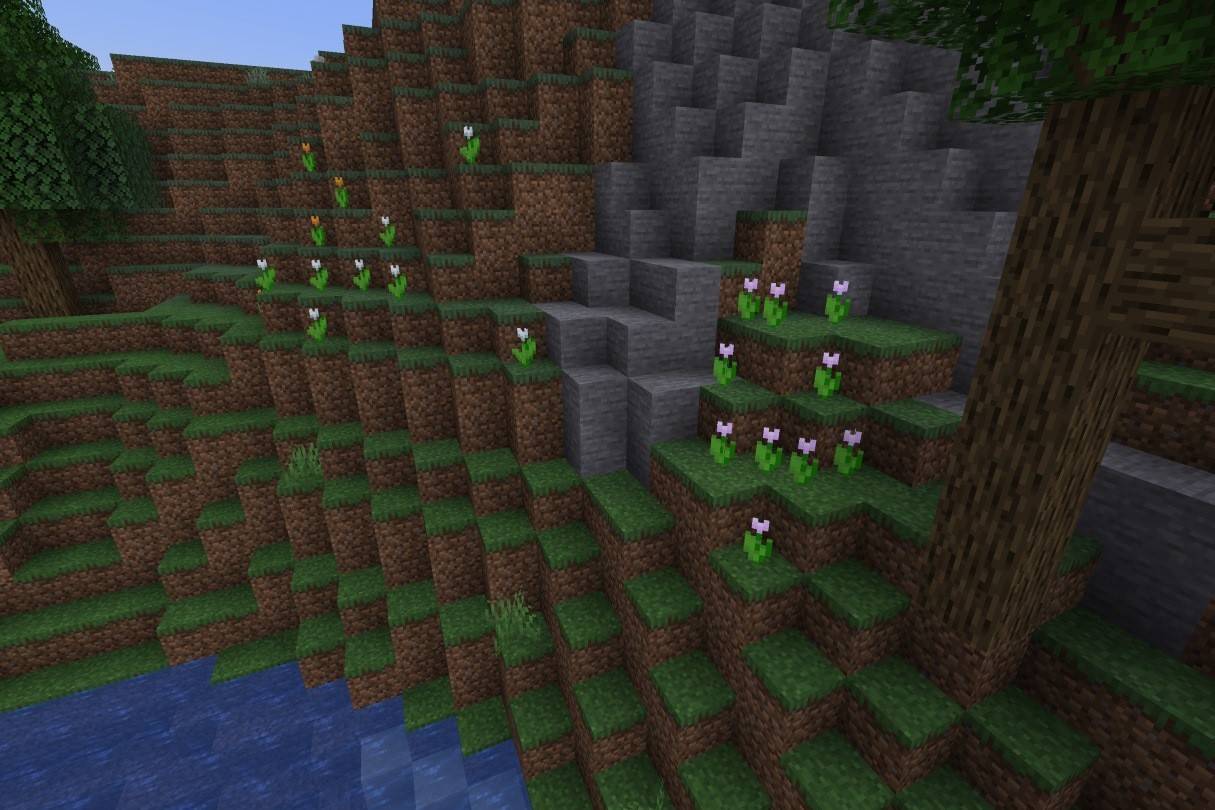 Image: ensigame.com
Image: ensigame.com
Tulips come in red, orange, white, and pink varieties, found in plains and flower forests. Their color determines the dye they produce, offering diverse options for customization.
Azure Bluet
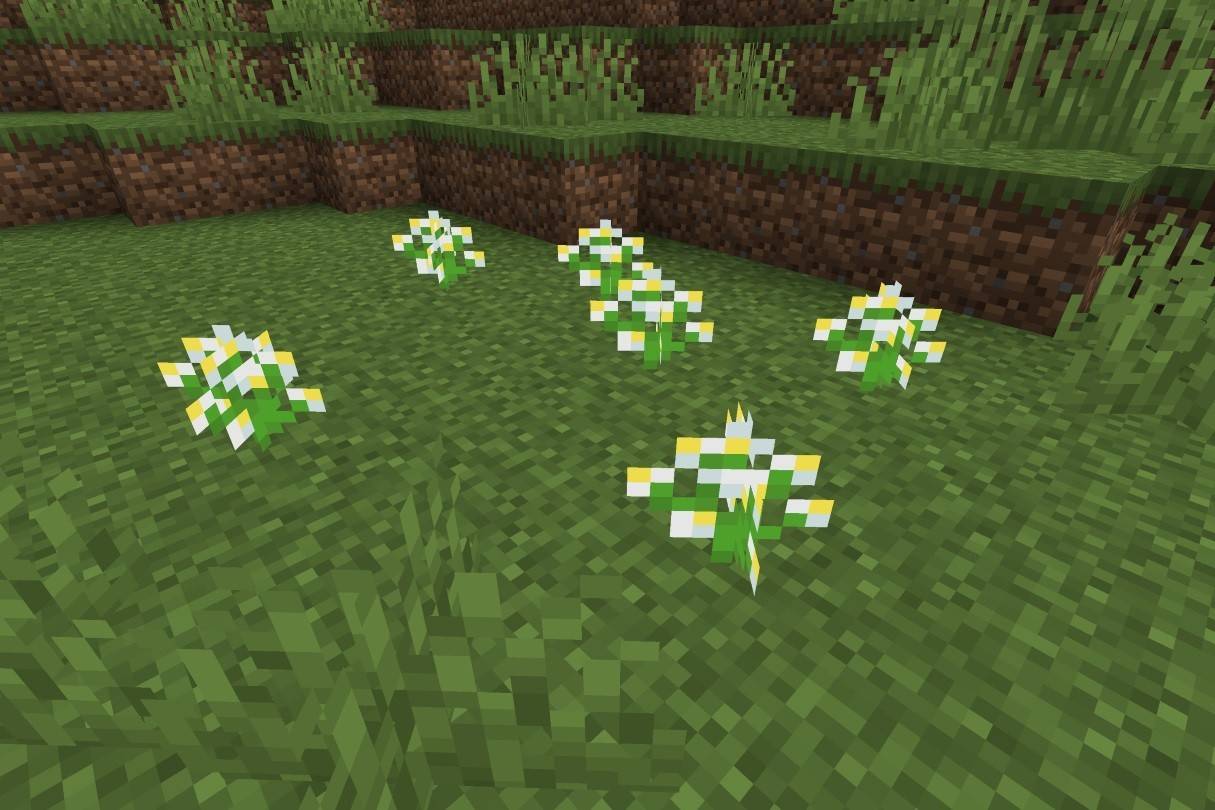 Image: ensigame.com
Image: ensigame.com
This small white and yellow flower creates light gray dye, also obtainable by combining bone meal and gray dye.
Blue Orchid
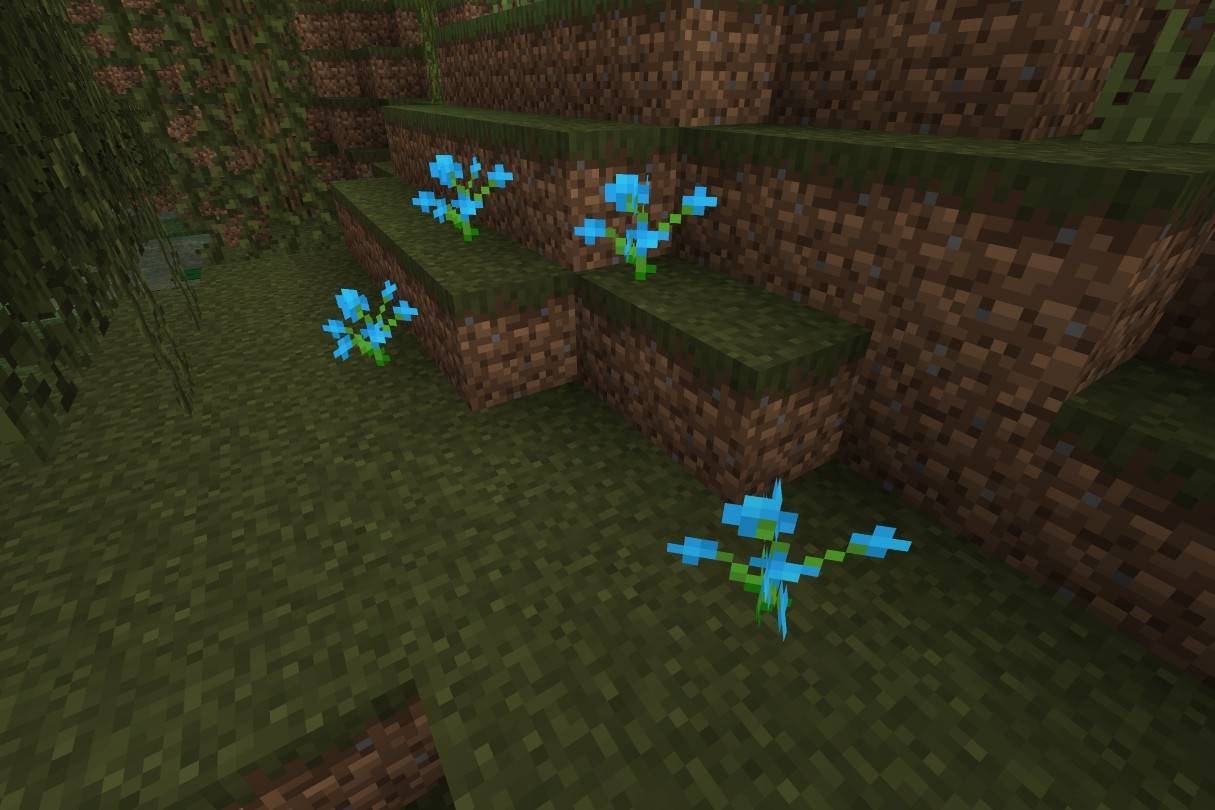 Image: ensigame.com
Image: ensigame.com
A rare and vibrant flower found in swamps and taiga biomes, the blue orchid is used to create light blue dye.
Cornflower
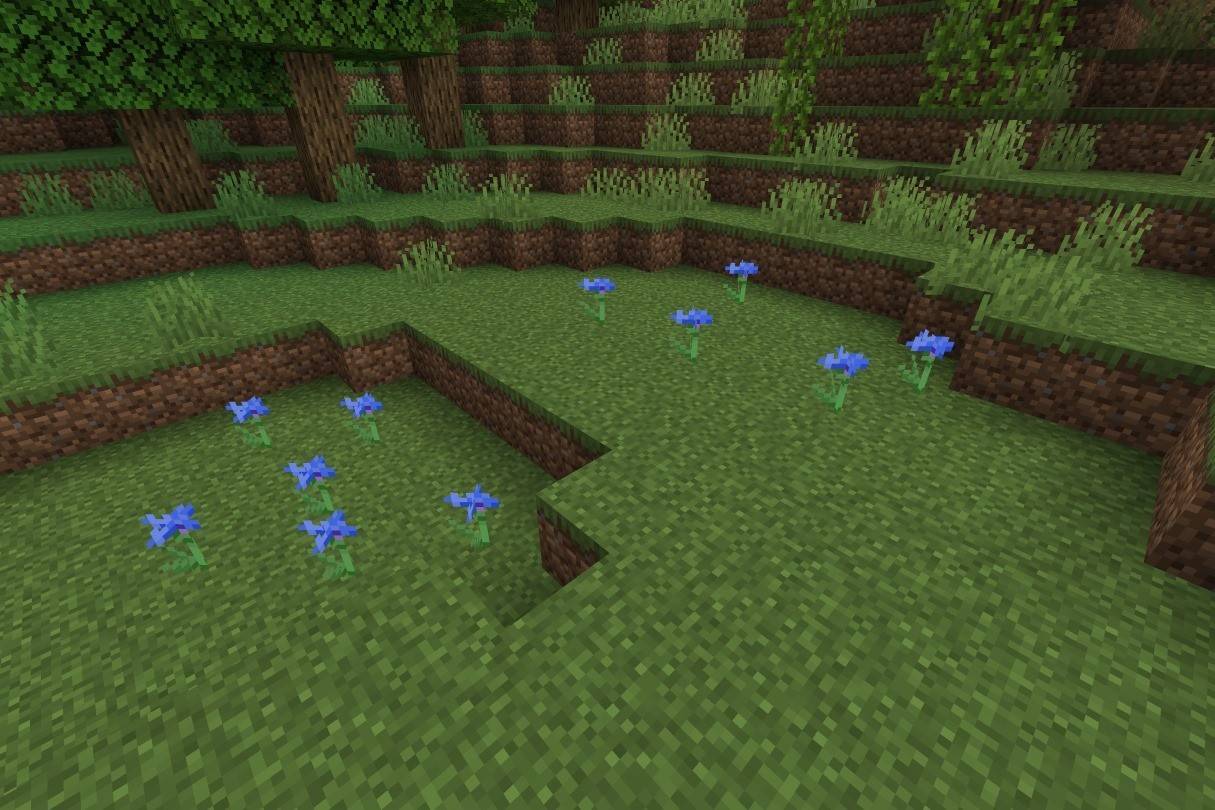 Image: ensigame.com
Image: ensigame.com
These blue flowers, found in plains and flower forests, produce blue dye for coloring wool, glass, and terracotta.
Torchflower
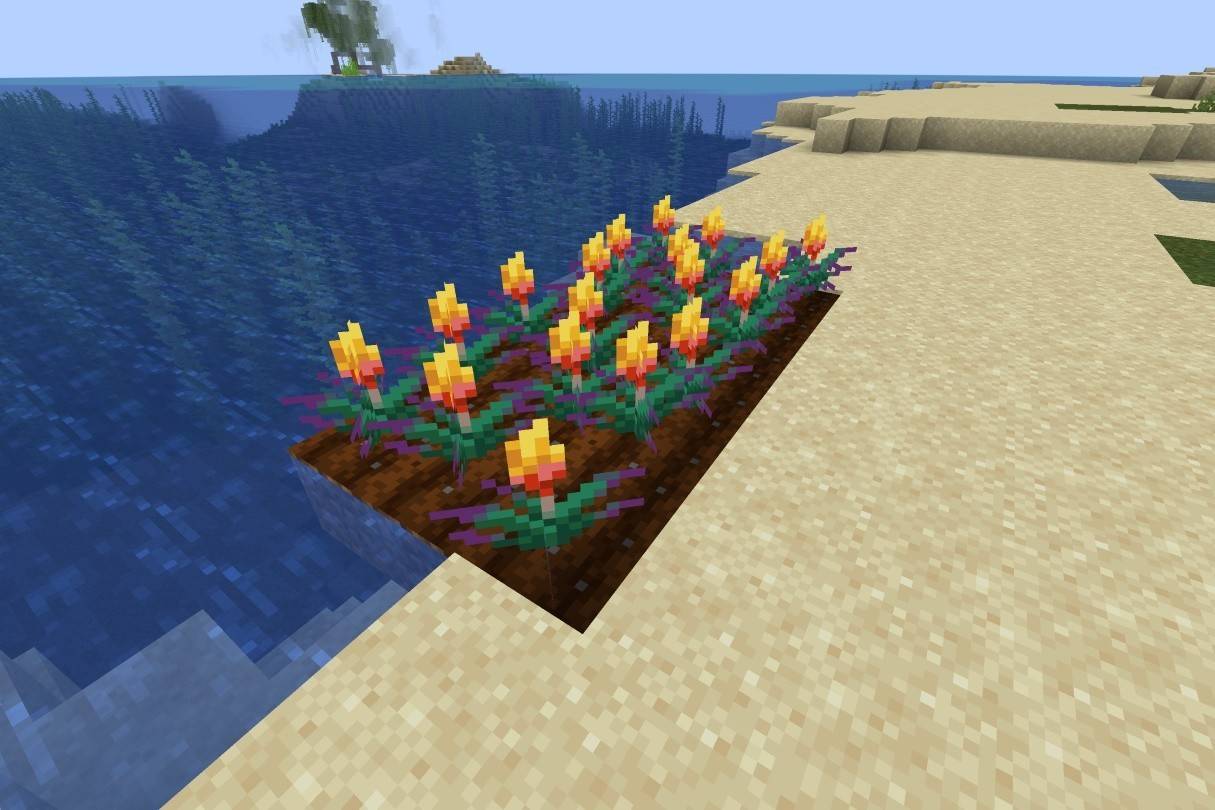 Image: ensigame.com
Image: ensigame.com
Grown from seeds, torchflowers yield orange dye. Its behavior varies between Java and Bedrock editions.
Lilac
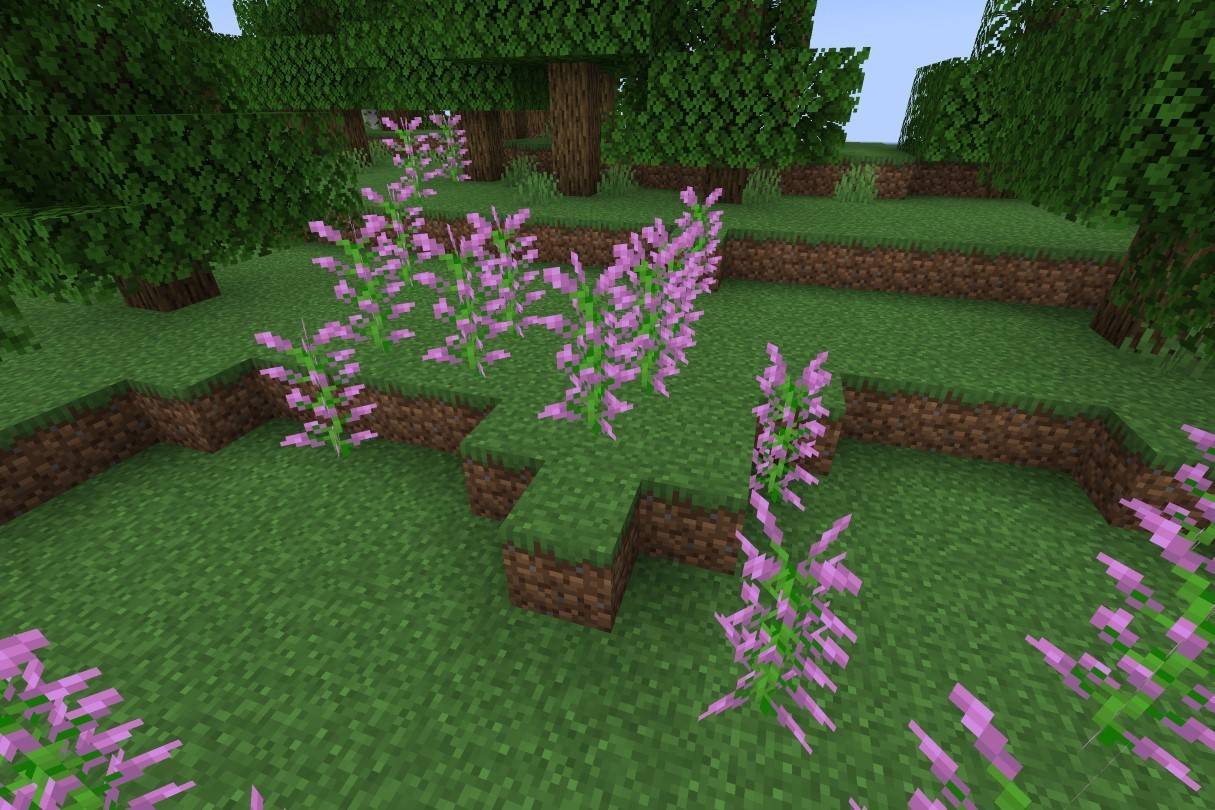 Image: ensigame.com
Image: ensigame.com
Tall and light purple, lilacs are found in various forest biomes and produce magenta dye.
Oxeye Daisy
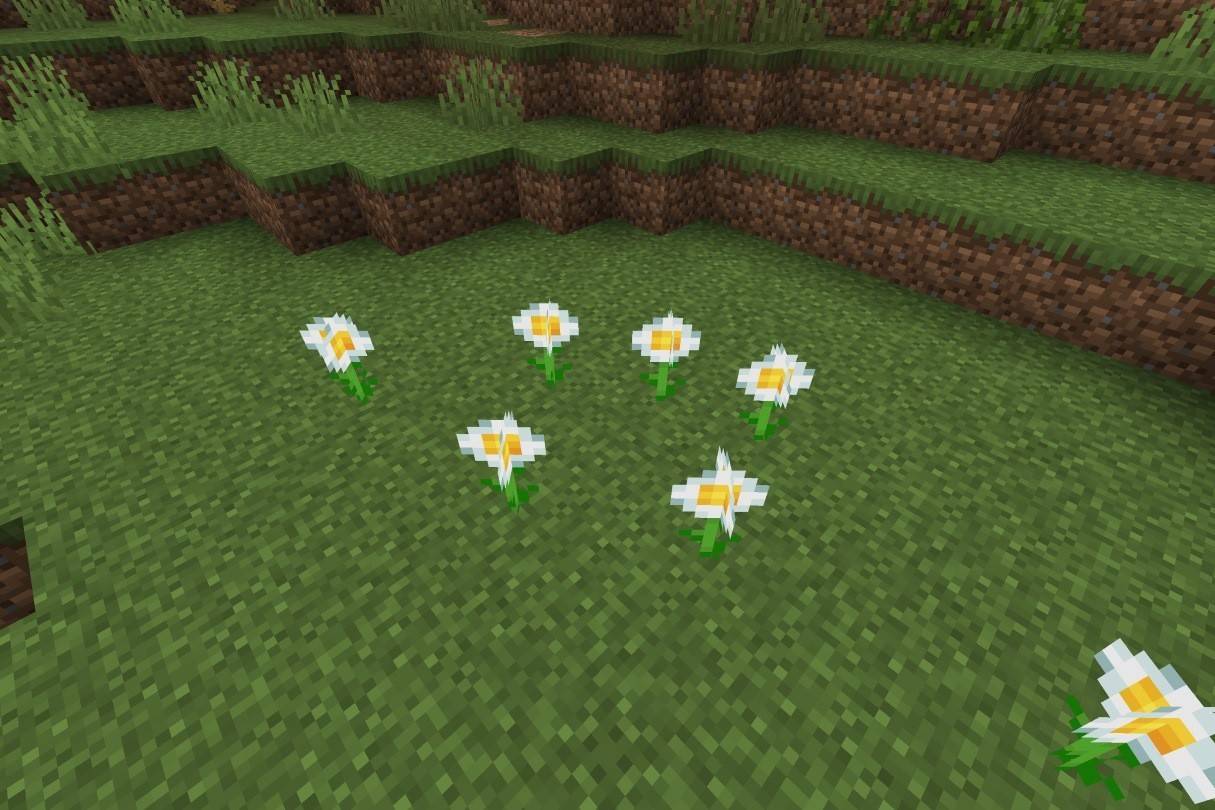 Image: ensigame.com
Image: ensigame.com
These white flowers with yellow centers create light gray dye, perfect for dyeing wool, leather armor, and glass.
Sunflower
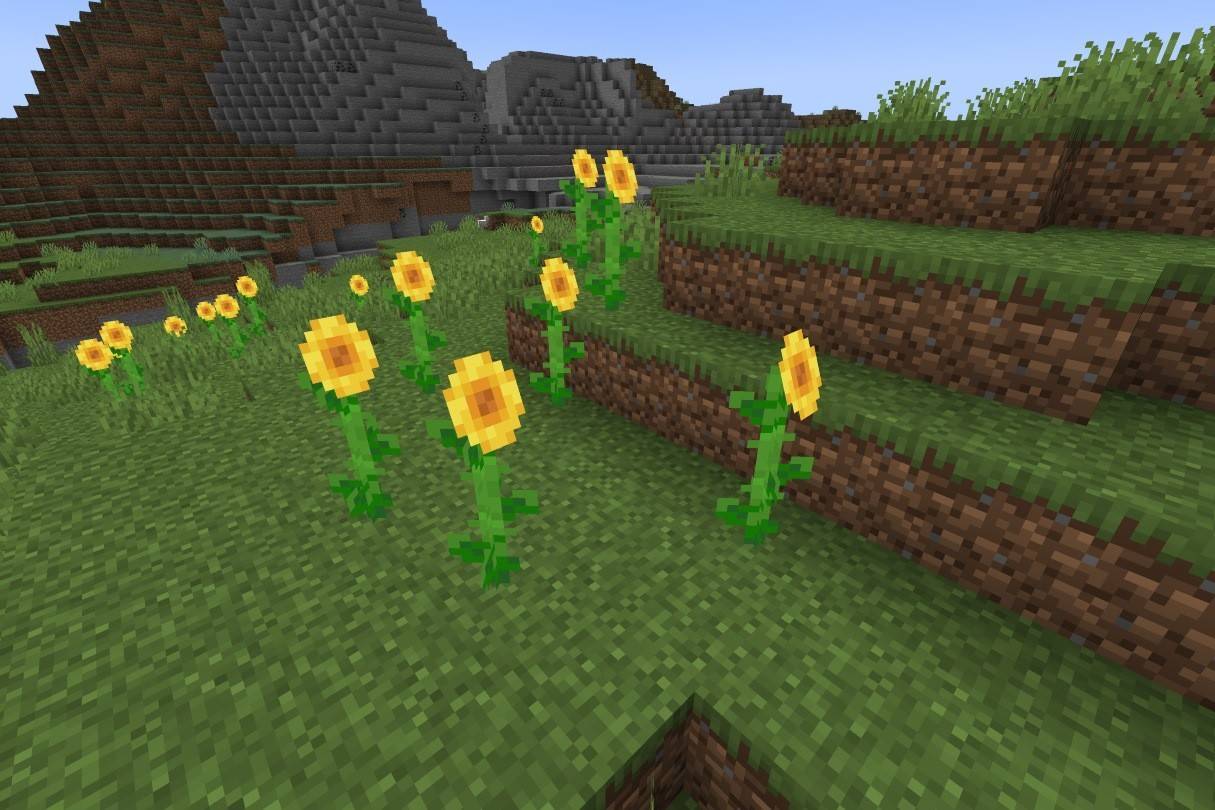 Image: ensigame.com
Image: ensigame.com
Tall sunflowers, found in sunflower plains, produce yellow dye and are known for their east-facing orientation.
Harness the power of Minecraft's floral bounty – explore, craft, and decorate!




